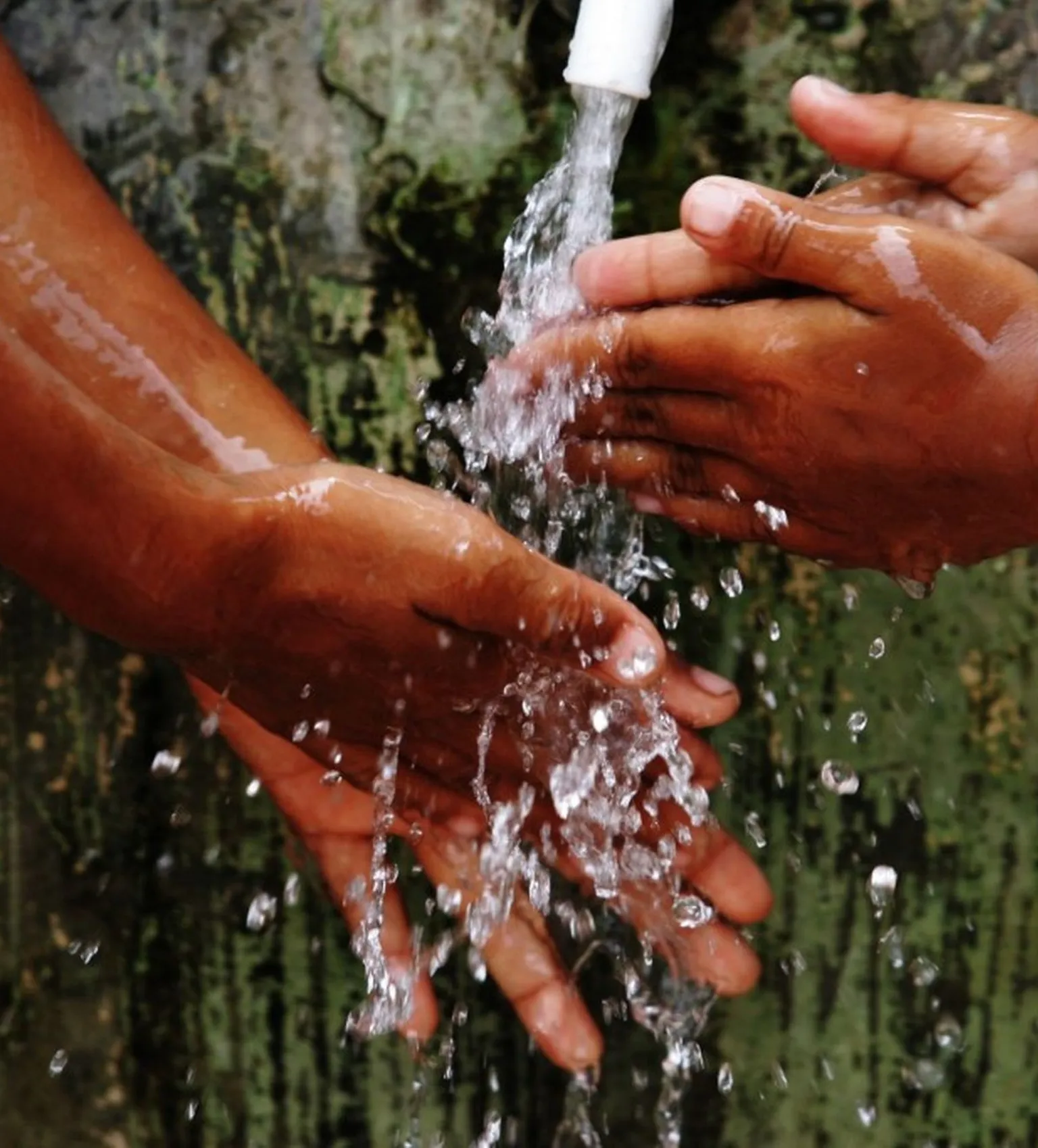SSH4A in Vietnam
Vietnam,
concluded

Pangasius catfish has emerged in the last decade as one of the most successful globally traded aquaculture products. In the last 20 years the Vietnamese export of pangasius has grown over 50 fold. However, there is concern over the rapid growth and unsust
Rates of access to improved water and sanitation in Vietnam are better than neighboring countries, however with a population of over 89 million people there remain enormous numbers without access. Furthermore, coverage is not equitable and is affected by income level, ethnicity and region. The Northern Mountains and Central Highlands, which are home to a large number of ethnic minority groups, especially face lagging development on hygiene and sanitation.
In 2008, SNV introduced Community Led Total Sanitation (CLTS) to Vietnam. The CLTS intervention drastically increased latrine coverage, but early experience showed that half of the latrines would still be classified as unhygienic. As this experience clearly showed that CLTS alone is not enough, SNV, together with local partners, developed a more integrated approach: Sustainable Sanitation & Hygiene for All (SSH4A).
The SSH4A programme, which was implemented between 2010 and 2013, integrated 1) sanitation demand creation through community-led sanitation promotion, 2) sanitation supply chains and finance to increase access to affordable and appropriate sanitation hardware and construction services, 3) hygiene behavioral change communication and 4) WASH governance to develop a sustainable service delivery model. This integrated approach provided multiple benefits at the household, local and national level:
Benefits for health: Sanitation and hygienic behavior reduces the incidence of child mortality and morbidity from diarrhea, one of the leading causes of death and illness of children under the age of five in Vietnam.
Benefits for women: CLTS has encouraged women to effectively convince their husbands to build a toilet. Sanitary toilets create a safe and private place for women to defecate, reduce the risk of harassment from men outside the family during open defecation and create opportunities for personal hygiene and dignity especially during menstruation.
Financial and economic benefits: Latrine construction creates employment opportunities for small and medium sanitation enterprises and construction services, as well as for individual masons. SNV have been successful in recruiting and training female masons, traditionally some of the lowest paid workers.
Support for good governance: The multi-stakeholder and capacity building approach helps to harmonise and align efforts at local levels and avoid duplication in sanitation programmes. It also promotes sector leadership by local line agencies, and encourages the participation of women and marginalised groups in decision making processes.
Environmental benefits – In addition to improvement of the living environment at household and village level, toilets prevent contamination of water resources by human waste.
In Vietnam, the SSH4A programme started in 2010 with funding from the Australian Department for Foreign Affairs and Trade (DFAT) and covered three North Western provinces: Lai Chau, Dien Bien and Lao Cai. In October 2011, the programme was extended to the central, coastal province of Nghe An, with funding from the UK Department of International Development (DFID).
SSH4A improved the health and quality of life of rural people in Vietnam through enhanced access to improved sanitation and hygiene practices, with a specific focus on poor households, ethnic minority groups and villages with the lowest sanitation coverage. The SSH4A programme:
Benefited 200,000 people in Dien Bien, Lai Chau, Lao Cai and Nghe An provinces;
Had a significant “leverage” capacity in terms of household level investments. Our analysis shows that by investing USD 1 million in the programme activities, beneficiaries mobilised USD 1.2 million from their own pockets for toilet construction contributing to expand the sanitation market remarkably in areas where the majority of population earns less than 2 USD a day;
Had influence at the policy level for the design of the National Target Program on Rural water supply and sanitation (NTP3).




